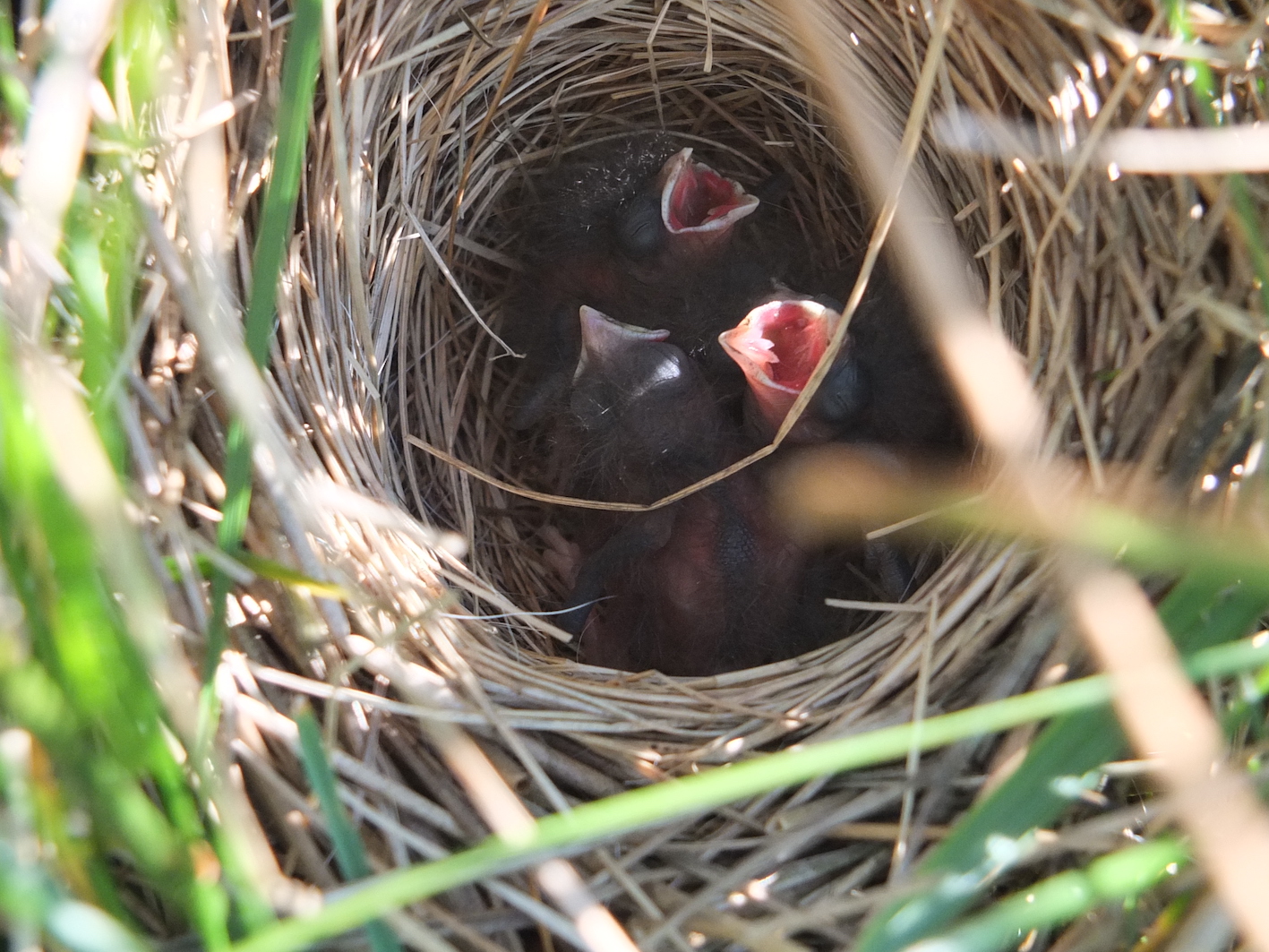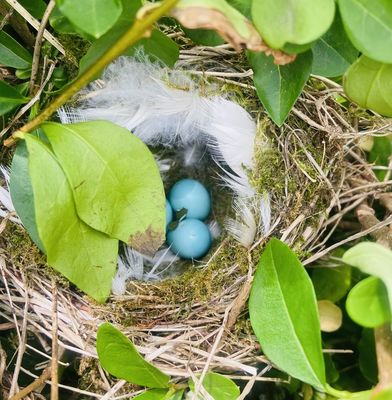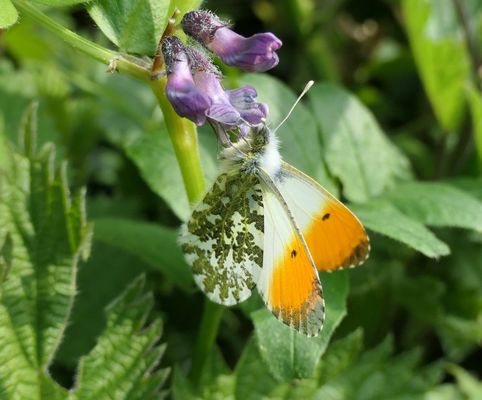Right in the heart of downtown Belfast, below one of its tallest tower blocks, sits the nest of one of our most beautiful birds.
Dúlra visited the plaza outside BT Tower and the Hilton Hotel this week after a reader who works in an office there said he was always being entertained by the twittering of goldfinches in the trees outside.
Thread: Some Irish names for birds....
— Irish Archaeology (@irarchaeology) April 13, 2020
The Irish for the Goldfinch, one of Ireland's most colourful birds, is 'Lasair Choille' which roughly translates as 'bright flame of the forest'
Photo: Sue Cro (CC BY-NC 2.0) pic.twitter.com/vWKYYy84OU
There’s not much cover for birds here, as you might expect at the centre of a normally bustling city – only a single line of cherry trees. But that’s enough – Dúlra discovered that goldfinches were nesting in most, if not all of them. It proves that every tree – not matter how decorative and dainty – helps nature.

LIVING QUARTERS: A goldfinch has set up home outside the deserted Hilton hotel
The tiny nest with the tower in the background is hard to spot in this photograph, but it’s clear to the eye. The adult birds didn’t seem to mind Dúlra glaring up at their home from the ground a few feet away. Goldfinches couldn’t look perturbed if they tried.
Everything about the goldfinch screams glamour. They are colourful, regal, angelic, superior. Their Irish name lasair coille – flame of the woods – says it all.
They even manage to do parenthood with aplomb.
Dúlra has no idea where the goldfinches on Dúlra’s sunflower feeder are breeding, but they don’t dash around feeding chicks and looking haggard – the fate of parents of every species the world over.
And then suddenly this week, their offspring appeared like they’d been conjured up by a magician, fully fledged and hanging on the feeder alongside their parents.
Goldfinches’ nesting routine was always a mystery to Dúlra, and before this week he never managed to find one. Bird books mention that they often nest in colonies in “parks and orchards” rather than gardens, building an intricate cup of moss, grass and wool for their half-dozen eggs.
To parks and orchards, they should add city streets.
Having them breed outside the office window would certainly brighten up Dúlra’s working week – their song is as stunning as their plumage.
And well done to the city planners who continue to plant trees all over the city – we now have 15,500 on our streets and parks.
* A visit to a nature reserve like Slievenacloy outside West Belfast should be uplifting this time of year. But for Dúlra, it’s heartbreaking.
This week I spent two hours trying to save these reed bunting chicks from being trampled to death by cows. I shooed the cattle away several times – but the herd will of course be back.
It’s inexplicable to Dúlra how threatened ground-nesting birds like buntings, sedge and grasshopper warblers, meadow pipits and skylarks are unable to nest in peace here. All these birds flock to Sliabh na Cloiche – the Hill of the Stone – because they feel safe – until they start to breed, that is.
A few years back, Dúlra found a beautiful sedge warbler’s nest which was woven among tall sedges here. It was a miracle it survived – a cow cut a path like a steamroller across the field just inches from the nest, which was left like it was teetering on the edge of an abyss. We can only hope the baby reed buntings are as lucky – or that reserve owners Ulster Wildlife take a stand against grazing during breeding season.
* If you’ve seen or photographed anything interesting, you can text Dúlra on 07801 414804.
Our front-page shows the reed bunting nest with chicks on Slievenacloy mountain






